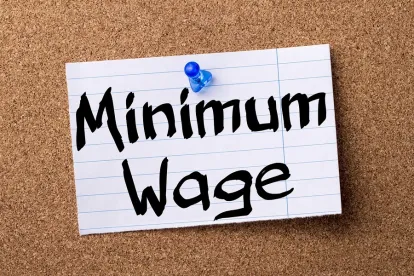The Ninth Circuit Court of Appeals has created a circuit split with the Eighth Circuit Court of Appeals by rejecting the U.S. Department of Labor’s (DOL) interpretation of Fair Labor Standards Act (FLSA) regulations, and issued a restaurant-friendly decision regarding the application of the “tip credit” when paying regularly tipped employees. As discussed previously, the restaurant industry has experienced an increase in lawsuits relating to servers’ duties and the 80/20 “rule”.
In Marsh v. J. Alexander’s, the Ninth Circuit addressed consolidated actions filed by servers and bartenders, who alleged that their employers improperly claimed a tip credit and failed to pay the required minimum wage. Plaintiffs alleged their “sidework”, which generally consisted of making tea or coffee, cutting lemons and limes, rolling silverware, and refilling ice or glasses, were non-tip generating activities that took over 20 percent of their work hours. Plaintiffs claimed as a result they were owed regular minimum wage for the time spent performing those tasks.
The FLSA’s regulations provide that individuals employed in “dual occupations” cannot be paid using a tip credit for hours worked in the non-tipped occupation. For example, someone employed as a server and as a dishwasher for a restaurant cannot be paid using the tip credit for hours worked as a dishwasher. Furthermore, the DOL’s guidance states that an employer may not take the tip credit for time spent on duties not related to the tipped occupation because such an employee is “effectively employed in dual jobs.”
The Ninth Circuit concluded that the DOL’s guidance attempted to create a de facto new regulation because the FLSA’s regulations’ focus is on dual jobs, whereas the DOL’s guidance interpreting said regulations speaks to duties a server may have throughout a shift. Because the dual jobs regulation is concerned with when an employee has two jobs, not with differentiating between tasks within a job, the court determined the DOL’s guidance is invalid.
Until the U.S. Supreme Court resolves the circuit split, employers must ensure they understand how the 80/20 rule is applied in the applicable jurisdiction.



 />i
/>i

